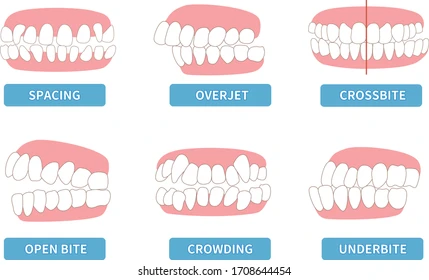Does your child still suck their thumb or continue to use a pacifier past the age of 6 to 8 months?
Prolonged thumb sucking can cause medical, behavioral and dentition complications throughout growth and development. Normal development of the teeth/dentition can be compromised resulting in an anterior open bite. This means, the teeth do not come together at midline when closed, tongue is resting forward, which can increase the chances of an overbite and overjet of the teeth. However, with a team approach (e.g., ENT, speech pathologist, pediatric dentist) using myofunctional therapy, orthodontic intervention may not be required.
When a child’s mouth is at rest, the tongue should be positioned up. The tongue should rest on the upper palate to promote breathing through the nose. We often see children who are prolonged thumb suckers, have an oral resting posture with their mouth open and tongue positioned down on the floor of the mouth by the bottom teeth. Drool is commonly seen as well. Proper oral resting posture of the tongue resting on the top of the mouth promotes light consistent pressure to ensure optimal growth and development of the bone and teeth creating.

Recent studies suggest that orofacial myology through a collaborative professional approach, can decrease anterior open bites and overjet malocclusions due to thumb sucking with a non-orthodontic interventional approach (Huang et. al 2015).
– Molly
